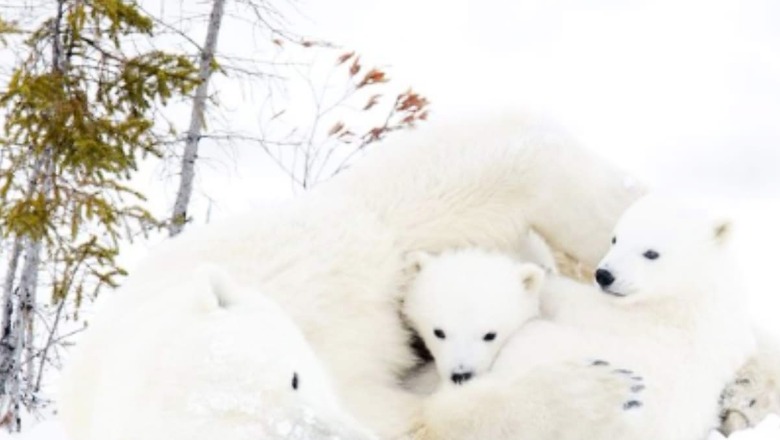
views
The end of one road leads to another, and this seems to be the case for the Canadian town of Churchill. Located in the northern part of the country, Churchill was once a bustling hub of military and research establishments. However, the shutdown of these facilities decades ago prompted the community to reinvent the town’s economic future.
The town, with a population of less than 1,000 people, then turned to tourism, attracting people eager to see its plentiful polar bears
As the number of polar bear visits to the area increased, Churchill came to be accepted as the ‘polar bear capital of the world’ and the tourism industry related to it grew stronger.
#DYK that Churchill, Manitoba is often referred to as the polar bear capital of the world? This small town is one of only a few areas where the animals can be observed in the wild – just make sure to have your eyes peeled, since they might be camouflaged by the snow! pic.twitter.com/ZjMOiSyD0q— Canada (@Canada) February 12, 2019
As the ice in Hudson Bay forms every autumn, polar bears migrate to the bay’s shores looking for the seal-hunting season. This period typically between October and November coincides with the prime tourism period.
Tourists go to Churchill to view polar bears spending an average of about $5,000 (Rs 4.19 lakh approx) per trip and generating millions of dollars for the local community, as per an Associated Press report.
Churchill is heavily invested in specific tourism equipment such as the Polar Rover vehicles where the clients get an opportunity to witness the polar bears in their natural environment without compromising the comfort of the bears.
These vehicles have big glass windows and open-air as well as aerial platforms to allow the clients better views of wildlife.
Churchill, Manitoba ???????? – the Polar Bear Capital of the world – is the perfect destination to see polar bears in their natural habitat. Every fall, about 1,000 of these magnificent giants migrate to this small northern town as they await the colder winter days.❄️ #PolarBearDay pic.twitter.com/xgT55MI1Ez— Canada (@Canada) February 27, 2020
Furthermore, there are other attractions like dog sledging and watching Beluga whales in the town which widens the attractions apart from polar bears.
It is also important to note that the local community’s approach to tourism is closely linked with conservational measures. The inhabitants and authorities of the region pay special attention to the preservation of the arctic environment.
With climate change coming into the picture, the town is now focusing on more flexible buildings and seeking to entice more varied visitors.




















Comments
0 comment